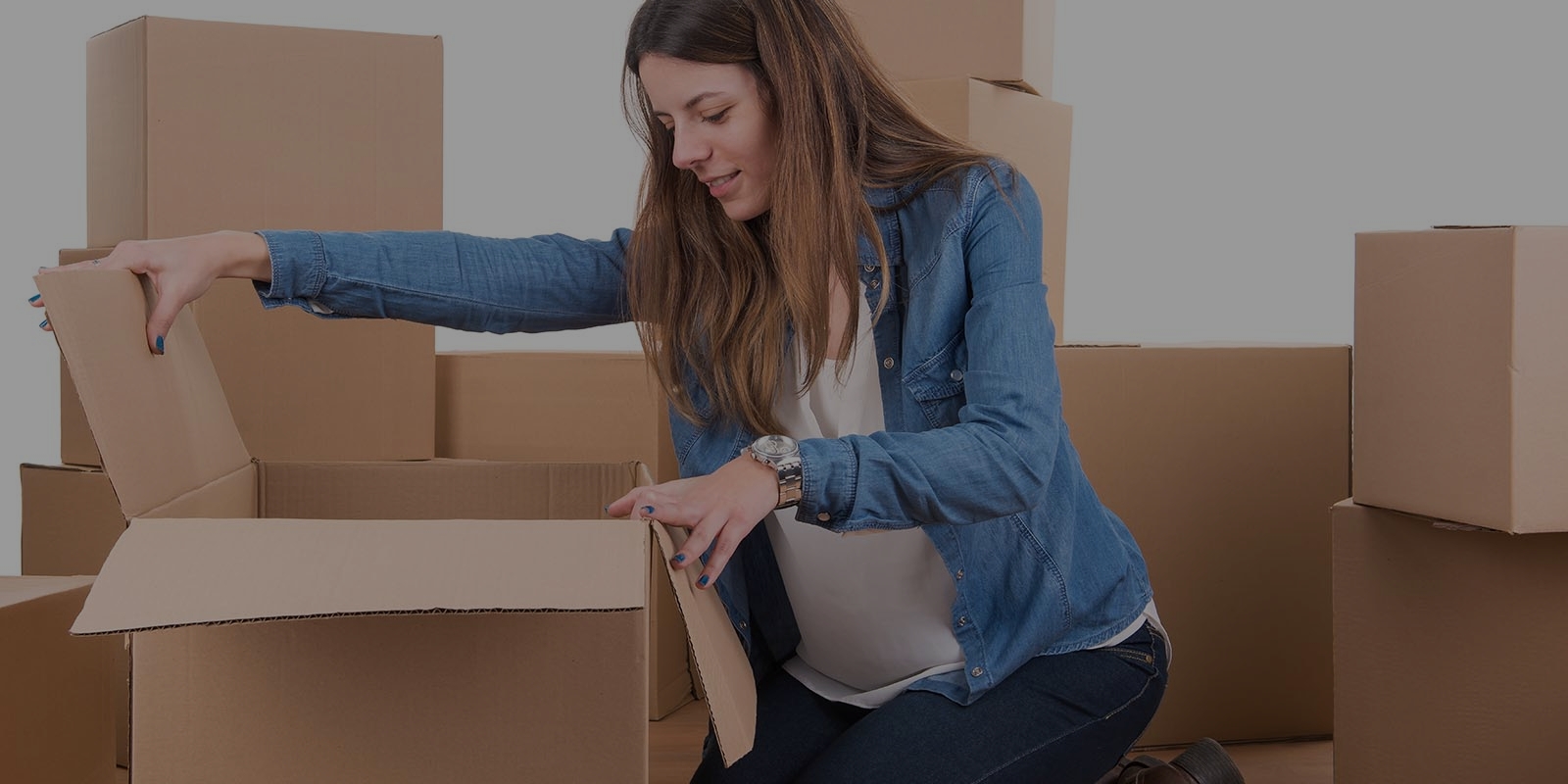Navigate Moving with Effective Decluttering Techniques
Posted on 30/05/2025
Navigate Moving with Effective Decluttering Techniques
Moving to a new home marks the beginning of an exciting chapter, but the thought of packing can be overwhelming. The secret to a smooth move lies in one essential step: effective decluttering. This comprehensive guide will help you master the art of decluttering when relocating, ensuring a streamlined, cost-effective, and stress-free moving experience.

Why Decluttering Before a Move Matters
Decluttering before moving isn't just about reducing the number of boxes you pack; it's about making a fresh start, saving money, and simplifying your transition. Here's why you should prioritize decluttering during a move:
- Reduces Moving Costs: Fewer belongings mean lower transportation fees.
- Saves Time and Effort: Less to pack, unpack, and organize in your new home.
- Creates an Organized Space: Start your next chapter with a clean slate.
- Minimizes Stress: A decluttered space is easier to clean and maintain during the chaos of moving.
Proactive Decluttering Versus Last-Minute Packing
Many homeowners make the mistake of packing everything, only to face clutter upon arrival. Adopting proactive decluttering strategies before you start boxing up your life guarantees you won't bring unnecessary items into your new abode. The process is also more emotionally freeing and helps you let go of what you no longer need or value.
Step-by-Step Approach to Decluttering Before a Move
1. Plan Your Decluttering Journey
Start early! Ideally, begin the process at least four to six weeks before your move. The more time you allocate, the more methodical and less rushed you'll feel. Make a decluttering action plan:
- List All Spaces: Include every room, storage area, closet, and even the garage or attic.
- Schedule Sessions: Block out realistic times for tackling each area--don't plan to declutter your entire home in one hectic weekend!
- Collect Supplies: Gather boxes, bins, trash bags, labels, and markers to sort items efficiently.
2. Use the Four-Box Method
The four-box technique is a time-tested method for decluttering. Label four large boxes as follows:
- Keep
- Donate/Sell
- Recycle
- Trash
This categorization helps you stay organized and focused as you assess each item. No item should stay undecided--force yourself to pick a box and keep moving forward.
3. Declutter Room by Room
Tackling one area at a time prevents burnout and keeps you motivated as you see progress. Here's a recommended order for efficiency:
- Storage Spaces: Start with the basement, attic, or garage--these often house items you rarely use.
- Bedrooms and Closets: Clothes, shoes, and accessories are easier to sort. Try the one-year rule--if you haven't used something in the last year, consider letting it go.
- Living Room: Books, decor, and unused electronics can add to clutter.
- Kitchen and Pantry: Expired foods, duplicate gadgets, mismatched containers, and old cookbooks can usually be discarded or donated.
- Bathrooms: Dispose of old toiletries, medications, and rarely used beauty products.
4. Ask the Right Decluttering Questions
When you're unsure about whether to keep something, ask yourself:
- Do I use this item regularly?
- Is it still in good condition?
- Does it have sentimental value?
- Will it fit or be useful in my new place?
- If I lost it, would I replace it?
If you answer "no" to most of these questions, it's probably time to part with the item.
Effective Decluttering Techniques for a Seamless Move
Minimize Paperwork and Digital Clutter
Piles of old papers and digital junk mail can weigh you down just as much as physical clutter. For essential documents, digitize when possible. Recycle or shred outdated paperwork and unsubscribe from unwanted email lists. This ensures you're not transporting unnecessary files to your new home.
Sell, Donate, Recycle, or Toss - Making Responsible Choices
- Sell items in good condition through garage sales, Facebook Marketplace, Craigslist, or apps like OfferUp and Poshmark.
- Donate gently used belongings to local charities, shelters, or thrift stores.
- Recycle electronics, paper, and fabrics at specialized facilities for eco-friendly moving.
- Toss only items that can't be used, donated, or recycled.
By managing your possessions responsibly, you help the environment and may even earn extra cash to offset moving expenses.
Handle Emotional Attachments Carefully
Letting go of sentimental belongings can be challenging. Try these strategies:
- Take photos of cherished items before parting with them.
- Create a memory box for truly meaningful objects you can't part with.
- Remember that memories aren't contained in things, but in your experiences and heart.
Expert Packing Tips for a Decluttered Move
Pack Only What You Love and Need
Effective moving decluttering means that each item packed serves a clear purpose. Use sturdy boxes and high-quality packing materials. Label each box by room and contents for easy unpacking. Keep a detailed inventory to avoid misplacing valuable items.
Protect Fragile Items
As you pack the remaining items, especially fragile or valuable possessions, use ample cushioning and label boxes as "fragile." Purging excess belongings allows you more time and resources to ensure important things are moved safely.
Moving Day: Enjoy the Results of Decluttering!
On moving day, you'll quickly realize the significant advantages of decluttering:
- Cleaner, lighter move: Fewer boxes and less chaos.
- Peace of mind: Less anxiety over misplaced or unnecessary items.
- Faster unpacking: Settle in quickly and enjoy your new home sooner.
Embrace this opportunity for a fresh beginning, free from the excess of the past.
Maintaining a Clutter-Free Home After the Move
Adopt Minimalist Habits
Keep your new home organized by adopting minimalist habits. Designate places for everything, practice regular decluttering, and avoid impulse purchases. Implementing strong organization systems will help you maintain a tidy, peaceful environment for years to come.
Set Up Efficient Storage Solutions
- Invest in multi-purpose furniture with built-in storage.
- Use clear bins for easy access to seasonal or seldom-used items.
- Label shelves and containers to streamline future decluttering efforts.

Frequently Asked Questions About Decluttering for a Move
What are the best areas to start decluttering before a move?
Begin with storage spaces that often contain items you rarely use. These include basements, garages, attics, and closets. Progress to living areas, bedrooms, and then the kitchen and bathrooms.
What should I absolutely not bring to my new home?
Avoid moving items that are broken, unwanted, or unused for more than a year. This includes old electronics, expired products, orphaned cords or accessories, ill-fitting clothes, and duplicate kitchen gadgets.
How can I decide what to donate, sell, or toss?
Base your decision on the item's condition, frequency of use, and whether it still adds value to your life. If an item works and is gently used, consider donating or selling. Recycle when possible; otherwise, dispose responsibly.
What are some efficient ways to sell unwanted items before moving?
- Host a garage or yard sale.
- List items online (e.g., Facebook Marketplace, Craigslist, eBay).
- Use mobile selling apps (e.g., OfferUp, Mercari, Poshmark).
Final Thoughts: Decluttering Is the Key to Moving Success
Navigating the moving process with efficient decluttering techniques can transform your entire relocation. Not only do you lighten your load and save on moving costs, but you also ensure your new home starts off organized and energizing. By following actionable steps--like planning ahead, using the four-box method, and responsibly parting with unnecessary possessions--you'll enjoy a smoother, more enjoyable transition to your next chapter. Remember, decluttering for a move isn't just about what you leave behind--it's about what you bring with you to create a better space and a better life.

_result.jpg)





